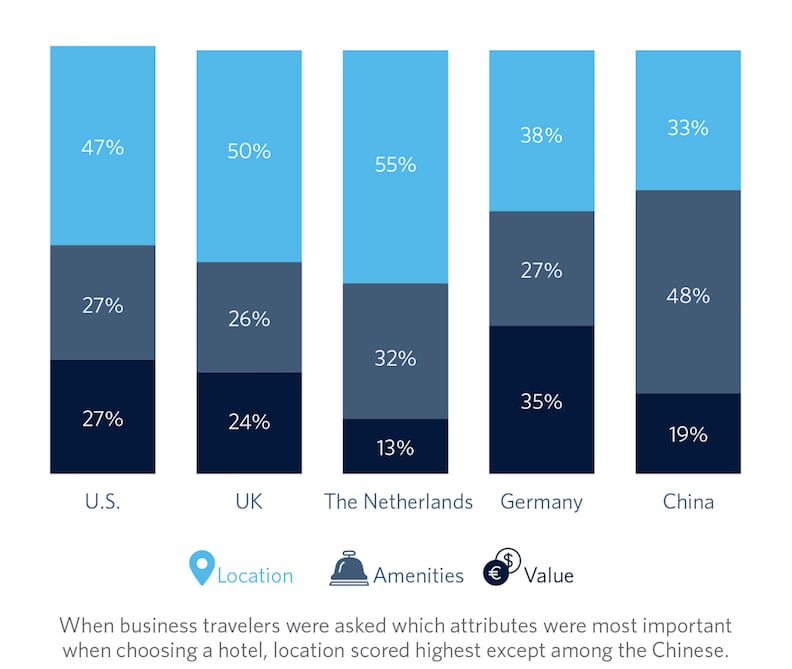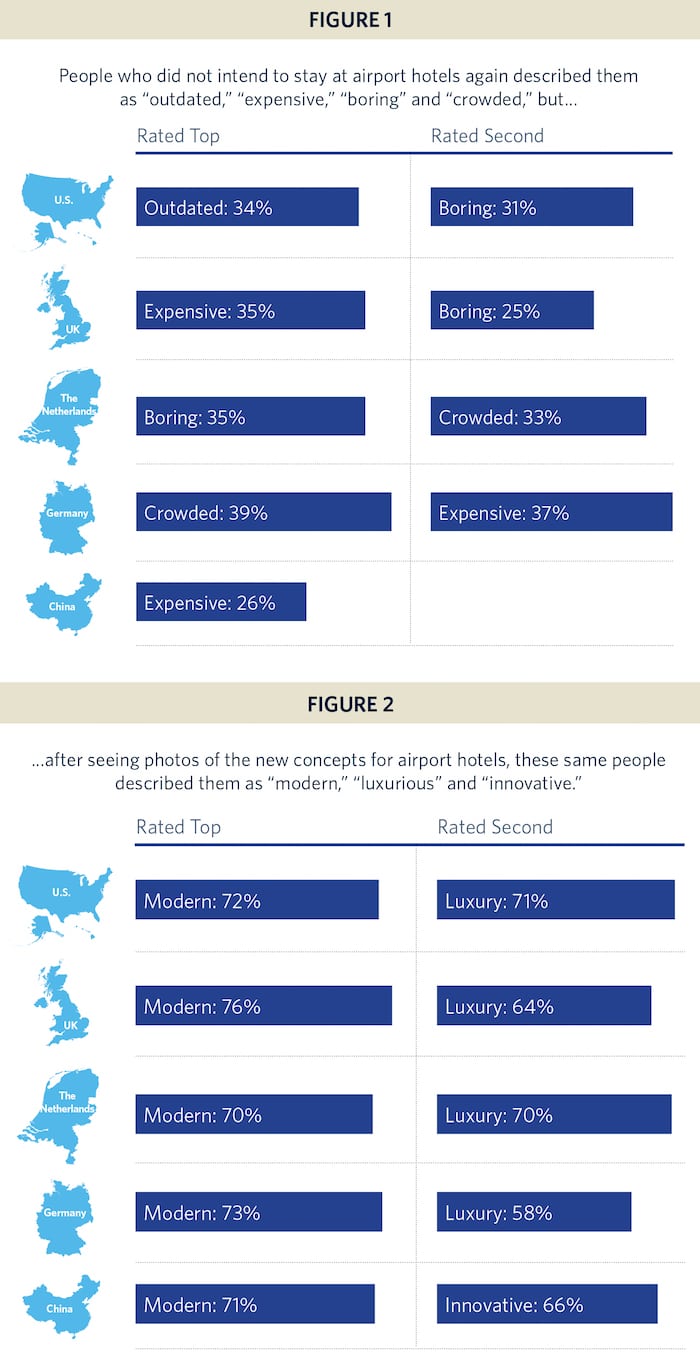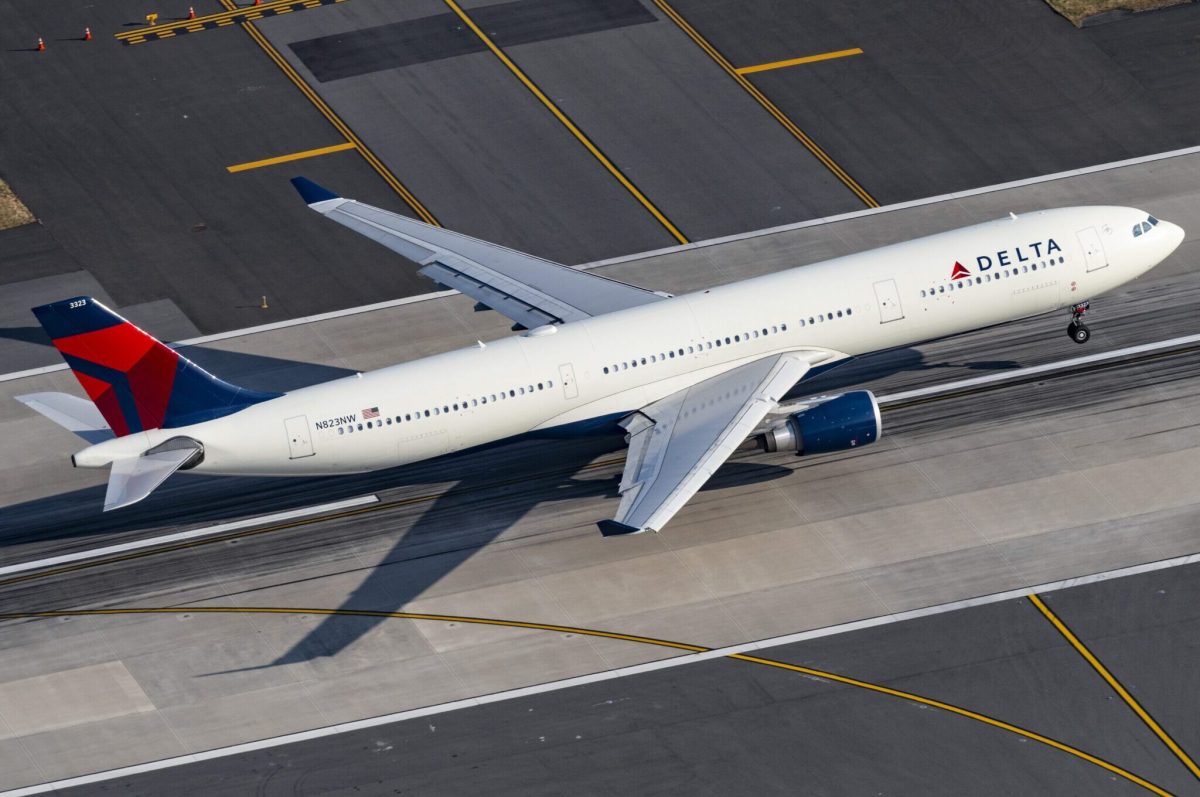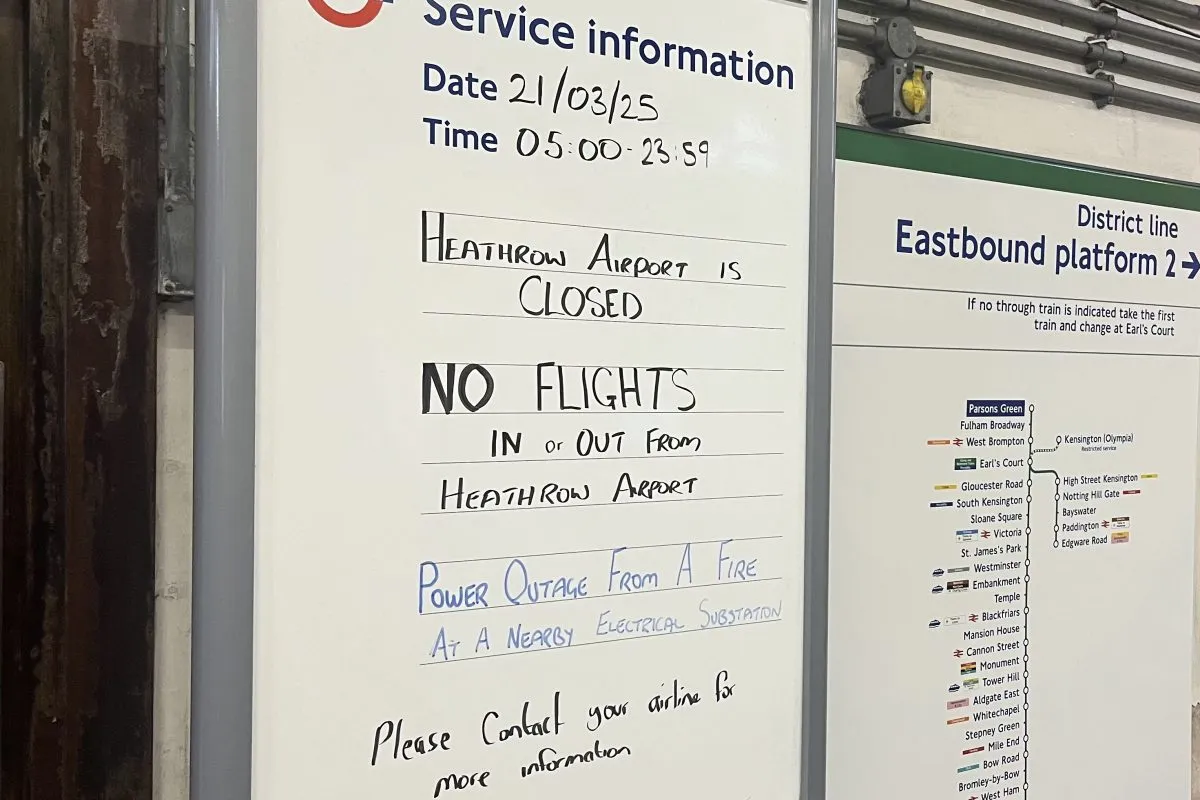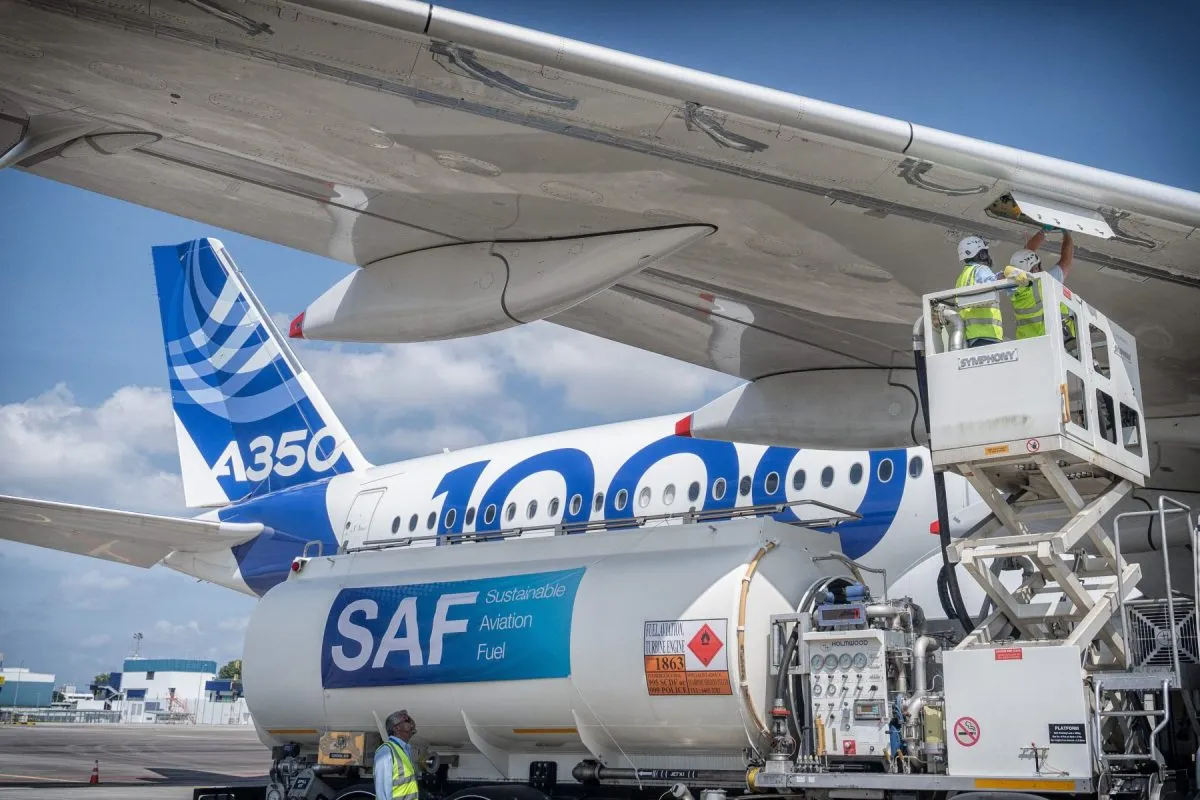Hilton Wants to Change Your Mind About Airport Hotels
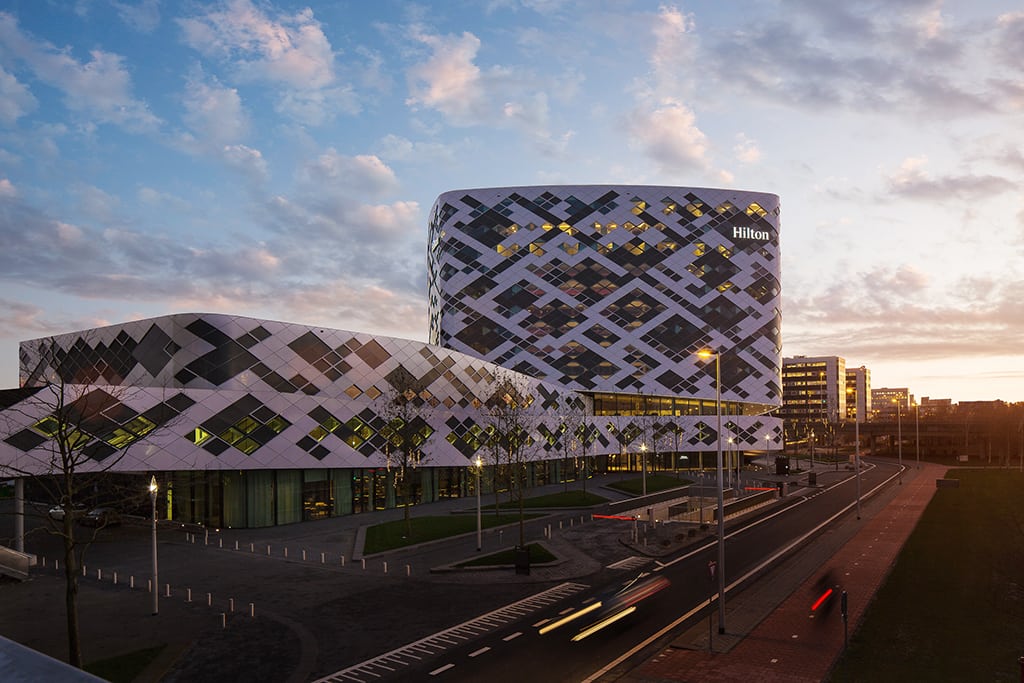
Skift Take
For the past five decades, the majority of airport hotels around the world have always had a sense of despair and desperation about them.
They're often seen as a refuge of last resort, filled with forlorn travelers who've missed their flights, scheduled late night or early morning meetings, or been waylaid on long layovers. We've all been there, and we've all tried to forget those experiences for the most part.
That said, the legacy hotel brands have come a long way in the last decade, building new properties with more natural light, more modern design, better food, and better amenities. But the perception still persists worldwide that most airport hotels will never be more than an unfortunate, unavoidable interruption between point A and B, or a place to have a cheap meeting.
Hilton Worldwide wants to change that perception. It's trying to reboot the traveling public's view of its airport properties with a new research paper entitled: "The Rise of The Airport Hotel," inspired by this month's official opening of the new Hilton Amsterdam Airport Schiphol.
Hilton executives are quick to point out that Conrad Hilton opened the first airport hotel in San Francisco in 1959, followed by another airport property 15 days later in New Orleans. It's a nice bit of storytelling that positions Hilton's legacy as a pioneer in airport hospitality, and it provides precedence for the company's recent efforts in developing new airport hotel design, amenity and service standards.
Especially in Europe, Hilton has elevated the airport hotel design experience in anchor locations at Frankfurt, Copenhagen, Munich, which we covered last year, and now Amsterdam, among others.
"Airports are evolving into much more than a transit point, and certainly Amsterdam shows that," says Shawn McAteer, VP of global brand management for full service brands for Hilton Worldwide. "They're becoming more of a destination. If you look at Schiphol, the owners of that development there call it an 'airport city.'"
Hilton's new research paper is based on an online survey of 5,500 adult travelers in America, Britain, Germany, Holland and China. To be eligible, all participants must have traveled for either business or leisure at least once in the past 12 months and stayed at a full-service hotel.
"The launch of Hilton Amsterdam Airport Schiphol inspired us to better understand past, current and perhaps future perceptions of airport properties, so that's what led us to developing the paper," McAteer told Skift. "Airport hotels can be more than airport hotels, and I think we're redefining what that airport hotel concept can be."
For example, Dutch architecture firm Mecanoo created the Hilton Amsterdam Airport's modernist cube structure with a towering central atrium lobby bathed in light, and a facade of diamond-shaped wraparound windows tilted at 45 degrees. Interior designers from London’s HBA group filled the 433 guest rooms and public spaces with an entirely urbane design narrative punctuated with Dutch art and furnishings typical of an upscale Amsterdam canal home.
There is also a full-service eForea spa, which is now a brand standard amenity for new Hilton airport hotels.
The Rise of Airport Hotels
Hilton addressed the consumer perception challenge around airport hotels in the opening section of the report.
It states:
Negative perceptions of airport hotels are ingrained. This is especially true among travelers who have stayed at an airport hotel in the preceding 12 months, who describe these hotels as 'boring,' 'expensive,' 'crowded' and 'outdated.' And yet, when they were shown visual representations of a new generation of airport hotels, such as Hilton Amsterdam Airport Schiphol, minds were changed.
When asked how likely they were to stay at a next-generation airport hotel after seeing the new concepts, nearly all travelers—ranging from 92 to 99%—indicated interest in at least some aspect of the airport hotel concept. [Also,] large majorities of travelers—as high as 87%—who previously indicated they were unlikely to stay at an airport hotel agreed that they were likely to stay at an airport hotel."
The dank condition of many airport hotels years ago made an indelible impression on travelers, so on the surface, it would seem there's a lot of work to do to change people's minds. Except the report's data illustrates that the vast majority of travelers are willing to reverse their perception of airport hotels completely — at least on an individual basis — with just a few visuals and simple explanation of what's available today in terms of amenities and design.
"The bottom line is that among those surveyed, amenities and modernization are differentiators that motivate people to choose particular brands and specific hotel destinations," sums up the this particular section. "This is good news for Hilton, as well as for the industry overall."
Another dataset shows that business travelers are prioritizing location when they book airport hotels, which is expected. However, it impacts purchase decisions only 50% or less everywhere, except the convenience-needy Dutch, apparently. The quality of amenities and the overall value play just as much as a role in choosing accommodations, with the Chinese respondents saying that amenities are the most important differentiator.
Choosing an airport hotel based on location and value is an obvious conclusion in the report, but the real takeaway here is the amount of impact that amenities have on the consumer mindset to create more of a destination experience.
That's where Hilton sees a way to increase market share, and where it has been investing significantly of late, in terms of the eForea spas, upgraded dining, better Wi-Fi, and an overall guest room user experience on par with city hotels.
If Hilton and other hotel groups can shift that perception to any significant degree, and that's a big "if," it will drive longer stays for business travelers and potentially attract some segments of leisure audiences.
That strategy is really the overarching purpose of this report.
"I think the value of the study is understanding that we can in fact change perception, and just how likely people are to change their minds with hotels like Hilton Amsterdam Airport Schipol, from bad to good," says McAteer. "We as hospitality companies need to continue our research efforts, because the reality of making an airport hotel more of a destination can have a lot of appeal for our guests and have a great business model, too."
